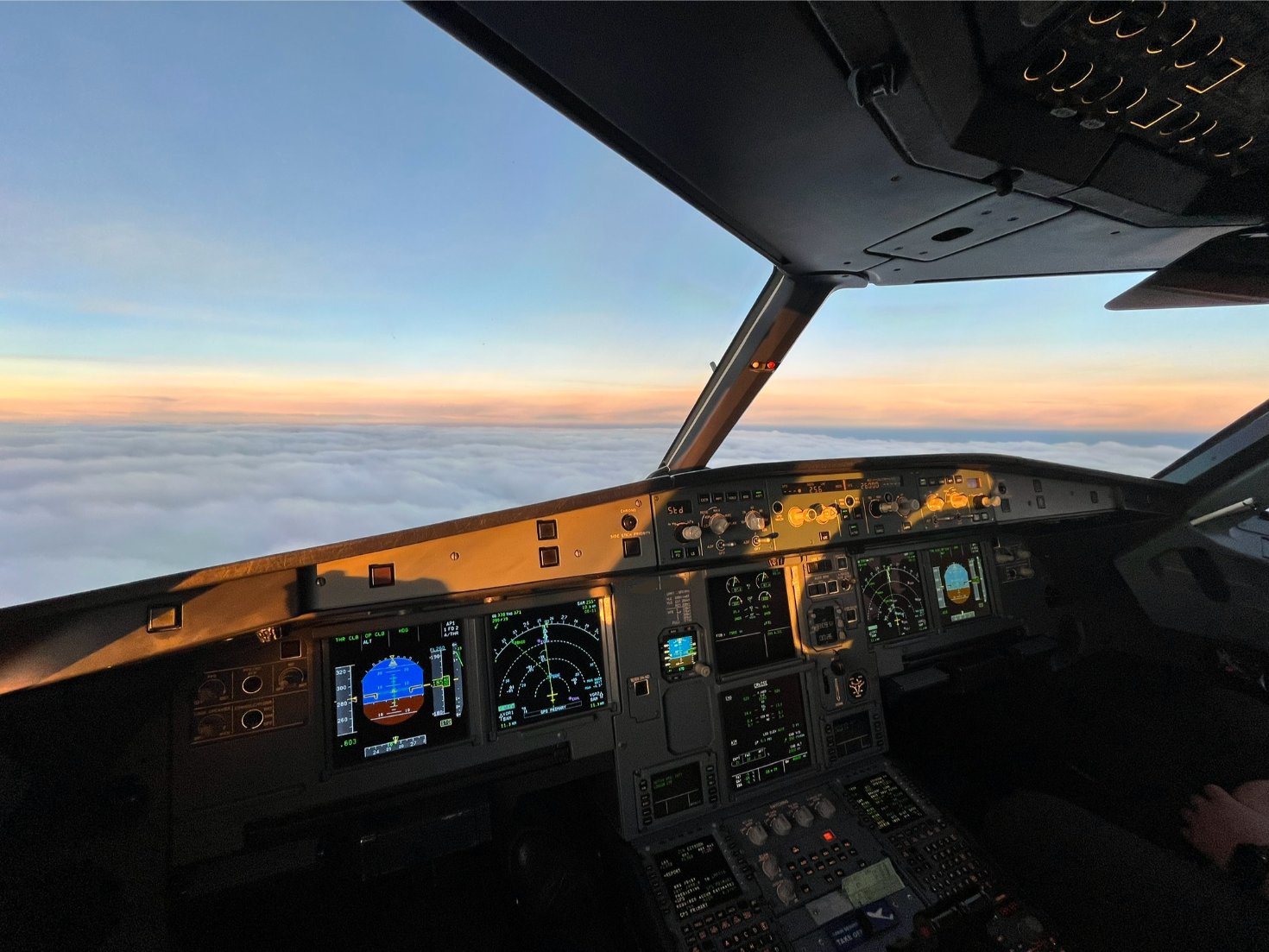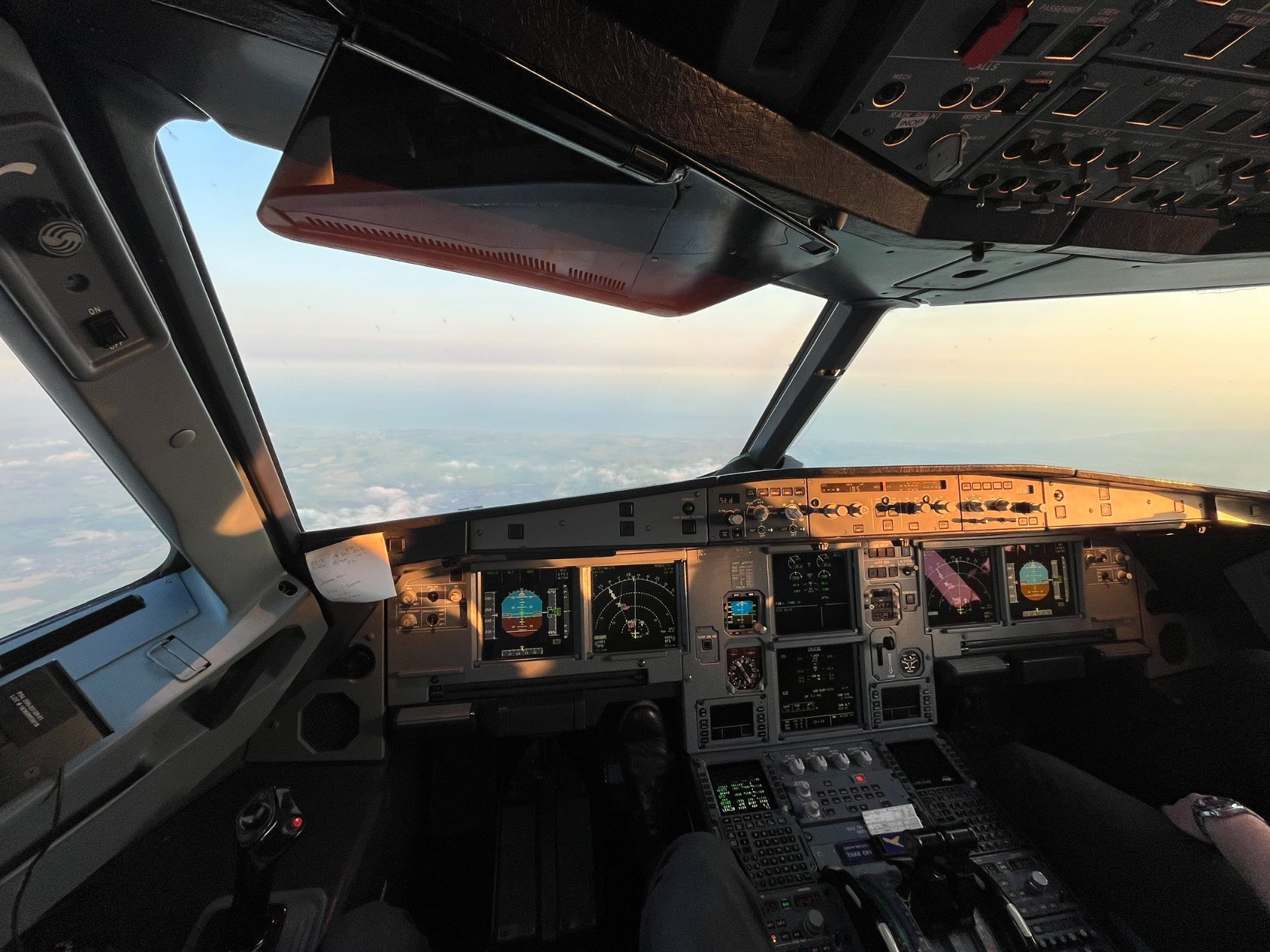
Airport Closure & Failure Management
A day filled with decisions, delays and expectation management. Another insight into what the daily life of an airline captain really consists of…

An aviation career can be both rewarding and lucrative, so how many hours it will take to become a commercial airline pilot? This varies depending on whether you’re looking to train & operate in the United States, Canada, or in the UK/Europe. The regulatory bodies have their respective strict rules on hours of flight time required. I did my training in 18 months in the UK, but overall it takes a lot longer in the US.This blog post gives details of why. I’ll also share exactly how long it takes for each licence, and some tips and tricks for path to gaining your commercial pilots licence.
Whichever path you choose to become a commercial pilot, you will at some point have to go through a flight school to help gain your licences and build your hours. There are two ways of doing this, modular and integrated. Modular is the more conventional route; The first step is to join a flight school to get your private pilot license (PPL), then your commercial pilot certificate (CPL). You can add on your instrument rating (IR), as well as a certified flight instructor rating (CFI) if you wish, to continue building your hours until you have enough for an airline transport pilot certificate (ATPL/ATP), which will enable you to then apply for the commercial airlines. You often work towards each certificate as and when you can fit the time into your life and can add additional certifications, such as a multi-engine rating when it works for you.
Having a private pilot license can be great fun and will allow you to take up friends & family, but you can’t earn money whilst flying. You can hour build to get your commercial license which enables someone to employ you to fly as a professional pilot. At this stage, it will still be light aircraft. Most people here will opt for a flight instructor rating as it’s a way to build hours quickly and can be thoroughly rewarding work. You can then sit your ATPL written exams, and on Once you’ve built upto 250 hours, you can sit
The ballpark hour requirements for PPL, CPL & CFI are as follows;
It’s important to note these are absolute minimums necessary. the average private pilot certificate in the US takes 70 hours of flight time to gain. You must take into account the possibility of requiring additional training when planning to become qualified.
These days, there are large flight schools across the globe that simplify this process for you. You can sign up for what’s known as an integrated course, where by it will be a full time, fully structured course designed to get you to ATP/ATPL level in the shortest timeframe possible.
In the UK and Europe, it’s much quicker and more straight forward to get to become a commercial airline pilot. You get get into the front seat of a commercial passenger jet with at little as 250 total flight hours. For this you’ll need a frozen ATPL (Airline Transport Pilot Licence) which essentially means you’ve passed all of your written ATPL exams and have the flight hours to join an airline, but not the 1500 required for the full ATPL. You can unfreeze an ATPL when you hit 1500 hours of flight experience, and convert it into a full ATPL. The great thing here is you can build these 1500 hours at an airline flying as a first officer .
All the large flight schools (listed at the end) offer courses that take you from 0 hours to 250 hours in less than 2 years. Most major airlines run their own flight school training schemes, some of them are now even fully funded (see our blog post here on fully funded courses). They’ll take new pilots from this scheme with the minimum hour requirement of 250. If taking external applicants for FO positions, major airlines tend to have a minimum of 500 hours flight time required. If you’re not on a tagged scheme with flight training (an airline specific course) then you’ll end up in a white-tail hold pool once your training is complete. Airlines will approach your flight training provider when they need first officers, and you’ll be offered a contract this way. You may end up having to take a contract with an airline that wasn’t necessarily your first choice, in order to get those 500 hours to apply to the major airline you wanted.
If training in the UK/Europe, thanks to Brexit you’ll now have the additional consideration of whether to train/apply for a CAA licence, or an EASA licence. The CAA (Civil Aviation Authority) is the UK’s Aviation regulator body. If they issue your licence, you will be allowed to fly UK registered aircraft only. If you opt for an EASA licence (the EU aviation regulatory body), you’ll have the opposite situation. Whilst in theory this shouldn’t prove too much of a problem, it may limit your job opportunities. You can become dual licensed, and some schools offer is as part of their training scheme, but be aware it’s a lot of work and will require keeping both licences valid going forwards.
To get your commercial pilot certificate in the US/Canada you only need 250 total flight hours. This enables you to earn money to fly. However, this doesn’t enable you to join an airline. There is what’s known as the 1500-hour rule (blog post to come). The 1500-hour rule is an FAA regulation (federal aviation administration, the aviation body in the united states). It dictates that you’ll need to gain 1500 total flight hours before you can gain your ATP, which enables you to fly for regional airlines. Major airlines will then tend to take pilots who’ve already had experience at regional airlines.
Because of these federal aviation regulations, large ATP flight schools in the USA now integrate a CFI rating (Certified flight instructor) into the course. Gaining this flight instructor certificate means you’ll be qualified to teach other students how to fly, and can build your number of hours upto 1500 whilst still at the flight school. It will usually take around 24 months, but upto 3 years for someone to go from 0 hours, to the 1500 required to apply for a regional airline. You’ll likely then spend 3-5 years at a regional (depending on pilot shortage and market demand), before moving to a major airline if that’s what you wish to do.
This long flight training program path is a big reason for the current pilot shortage in the United States. Because of this pilot shortage, major airlines are starting to reduce their hours of flight time required on larger aircraft before being eligable to apply to beome a first offier with them (Southwest just reduced their from 1000 flight hours to 500).
In all honesty, it depends on how set you are to be a pilot and what exactly your ambitions are in the aviation world. A bachelor’s degree is great to have to fall back on, but if it slows your airline career progression by 3 or 4 years, this could actually cost you hundreds of thousand. In both the US, Canada, UK and Europe, airlines used to make a four-year degree a requirement for pilot applicants, but that’s no longer. See our detailed post here for more on what you should consider if you’re unsure whether to get a degree or not
Before committing to any training, it’s a good idea to get the level of medical certificate required for a commercial pilots licence. Any airline and aviation regulatory body will require you have one. It’s much more stringent than the medical certificate you’ll need for your private pilot certification, but it’s totally worth doing it before you commence any training, otherwise you could be throwing lots more money down the drain!
To conclude, there are big difference is how many hours it takes to become a commercial airline pilots, depending on whether you’re in US, Canada or UK/Europe. The US law has a 1500-hour rule, requiring you to build 1500 total flight hours before stepping foot into a jet belonging to a regional airline. You’ll initially build the 1500 hours through commercial flying (non airline) or flight instructing (or just private hour building…if you’ve got Jeff Bezos sponsoring you), then build more flight hours at a regional airline before being eliable to apply for a major airline (although this gap is rapidly closing).
In the UK/EU, it’s a much more streamlined process. A 2 year integrated course can get you from 0 -250 hours, after which you get operate as a first officer for an airline. There’s nothing stopping you getting tagged by a major airline from day 1 of training, so going straight into operating for them at 250 hours.
The overall time taken will also depend on which route you decide to go down; Modular is where you get each rating and licence individually. Integrated is where you get them all as part of one course, with some providers offering fast track courses.
Hopefully this summary helps give you an idea of how any hours it takes to become a commercial airline pilot and an insight into the current aviation industry.
If you have any questions, please leave them in the comments or DM me and I’ll endeavour to get back to you!
How To Become An Airline Pilot
Hardest Parts of Being A New First Officer
More detailed post on 1500-hour rule

A day filled with decisions, delays and expectation management. Another insight into what the daily life of an airline captain really consists of…

It’s a Sunday morning and I’m jolted awake by the piercing sound of my phone ringing at 5am for what is going to be (unbeknown to me at this point) a whopping 16+ hour duty day…
Copyright © 2024 Pilot Bible